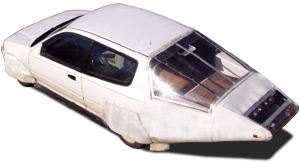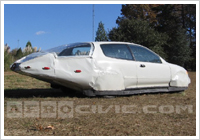Quote:
Originally Posted by freebeard

They're fat-tired open-wheel cars. The high drag comes from the tacked on wings. The underbody does contribute downforce. It does it by expediting the airflow through a closed plenum with tunnels and induced vortexes. I don't think that adds drag, but I've been wrong before, once.
I talked above about a 'pontoons enclosing the wheels'. More specifically look at the spats on the Template as Xist showed at Permalink #16 (that you keep cutting off). And look at basjoos' Aerocivic:
http://ecomodder.com/forum/showthrea...1-0-a-290.html
 https://www.aerocivic.com/
https://www.aerocivic.com/
 |
I notice the Aerocivic has the same high tail that I originally started with. Someone told me that I needed to keep the bottom at 2.8 degrees, or did I misunderstand? Very possible.
Quote:
Originally Posted by freebeard

It has double-walled side skirts flushed to the inner and outer walls of the tires, 'catamaran-style'. It has zero break-over angle
|
I don't know what a breakover angle is.(?)
Quote:
Originally Posted by freebeard

but I think the skirts are conveyor belt material. Notice also the wedged out nose and high boat tail. They work together.
Here's my own theory on how to terminate a Template shape (this one is squircular):

It is an half-bellhorn diffuser that couples a flat bottom to the truncated tail. |
Interesting. Don't the lower sides of the bellhorn drag in dips?
Quote:
Originally Posted by freebeard

It's all the same from approximately 25mph to approximately 250mph. More benefit going faster.
|
So, do you favor the flat 2.8 degree, or the profile curve for the bottom plate of the boatail?